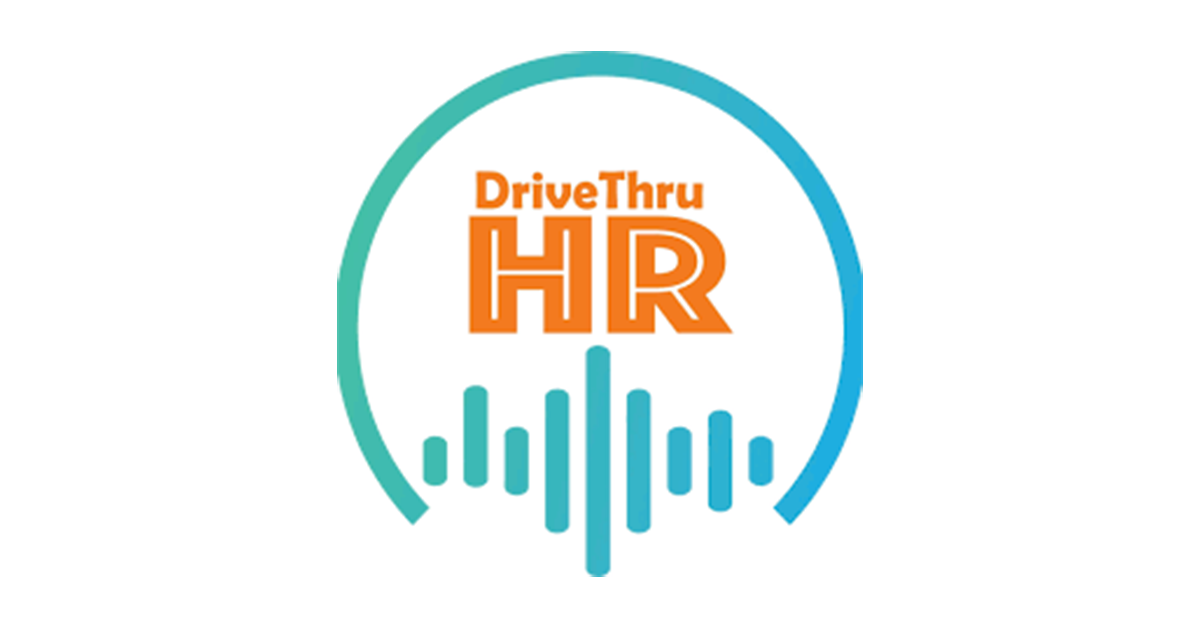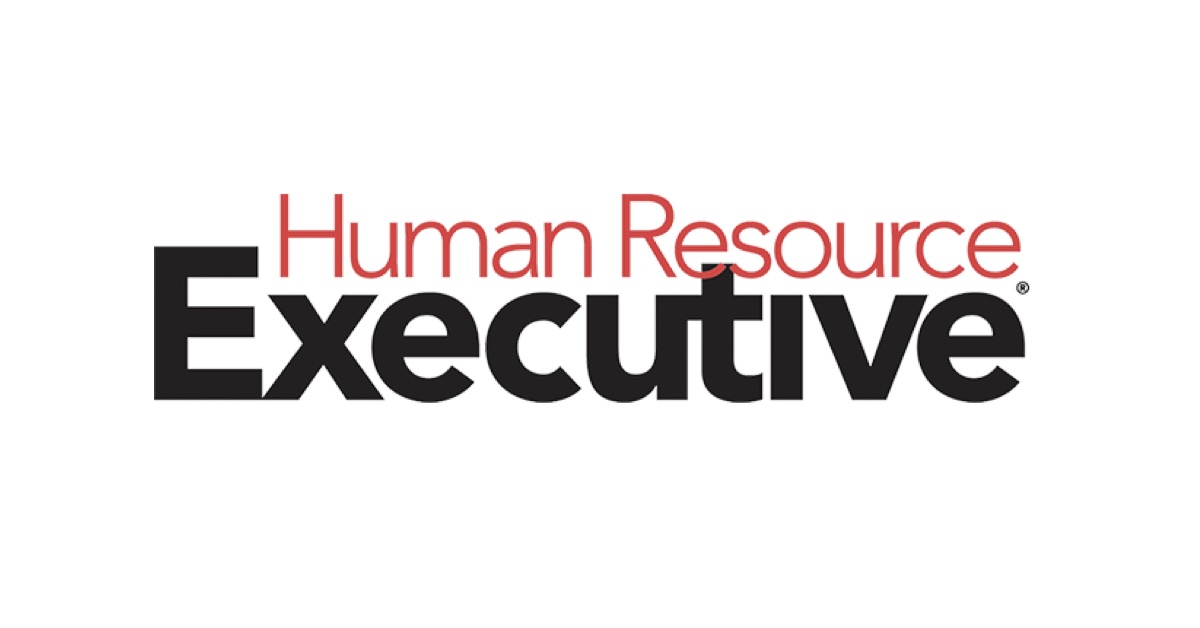Now is the time to take action and implement and focus on areas that put your team in a proactive stance.
Just as they do every year, the issues facing our workforce evolve. So must we. In 2024, employee relations teams will continue being met with the rising impact of mental health concerns on workforce dynamics. In fact, we already see strong signals around what’s ahead: mental health issues are trending up. In our 2022 HR Acuity Benchmark study, two-thirds of organizations reported an increase in mental health cases. What’s more, in our most recent ER Roundtable our expert community collectively agreed that more employees are taking mental health leave directly after a documented performance issue.
Now is the time to take action and implement and focus on areas that put your team in a proactive stance. Investing in these three areas will improve how your team performs in the face of the complex mental health landscape ahead:
Build Trust in Your Issue Reporting Process
When employees don’t report an incident, the root of the problem is rarely resolved. Now is the time to improve your issues reporting to build transparency and trust.
Making it safer and easier for employees to speak up leads to earlier, more accurate reporting – especially when it relates to sensitive issues such as mental health concerns, discrimination and bullying. In 2023 overall workplace reporting was down; a clear sign that employees either don’t trust the process or fear consequences from coming forward. When we asked what would convince employees to report an issue or concern, guaranteed anonymity (64%) and knowledge of how similar situations were handled in the past (41%) topped the list.
An obvious first step if your organization isn’t already doing so, is to offer truly anonymous reporting. (Nearly all organizations (91%) provide a tool for employees to anonymously report issues or concerns.) Offering a confidential channel creates an immediate impact with our research confirming that reporting rates increase by 21% when employees know they can report anonymously.
Yet it’s clear that simply offering an anonymous channel is not enough. Employees need to know that an organization truly wants to hear their concerns whether the issue is big or small. Make sure to communicate and educate employees on all reporting options. Ensure they know how to use the tool, know what to expect when they report, and most importantly – help them trust it.
Invest in More Consistent Aftercare
Pain and suffering don’t necessarily end when an investigation is closed. In fact, personal closure can come months and even years later. When unaddressed, lingering fear, resentment and other emotional distress often contribute to or exacerbate mental health issues and cause great talent to leave. Now is the time to invest in more consistent aftercare.
Sadly, just one in four organizations follow up with all involved parties following an investigation. Yet it’s that time directly after an investigation is closed that offers us the best opportunity to help an employee heal and feel supported.
You can invest in several areas to create more consistent and effective aftercare. First things first, empower your people leaders to help employees move forward and re-engage following an investigation. Sixty percent of employee relations leaders report that their people leaders fall short in handling employee issues and concerns effectively – that includes what happens afterward. Helping them know what to say and do is our job, so if your training leaves out aftercare – fix it.
Next, make proactive aftercare management and regular check-ins a consistent part of your process. Who is the point of contact? How do employees find out what resources are available to them? How often will ER make contact? What questions will be asked? How will you track progress? Very few organizations (5%) have a well-defined process to proactively manage aftercare.
Finally, recognize that employee confidence falters in the face of the unknown. Commit to being more transparent about investigation outcomes. Reporting outcomes helps reinforce your commitment to safety and fairness, actively protecting your people and nurturing a trusted company culture.
Share Metrics to Drive Transparency and build Trust in ER
We’re working in a time when societal trust is already fragile. Any lack of transparency from your organization weakens employee trust. Now is the time to commit to tracking and sharing ER data.
The best way to protect and strengthen trust with employees is to keep them informed; from an ER perspective that includes sharing aggregated outcomes. Forty percent of the Fortune 100 share investigation data with employees on an as-needed basis. However, we recommend sharing data more frequently so that data and transparency become part and parcel of your employee relations brand.
Building trust with employees is just one important benefit of tracking and sharing ER metrics. Relatable data stories that demonstrate bottom line impact to the business (think cost-savings in avoided litigation, retention vs. attrition, engagement and productivity, etc.) will resonate with leadership and elevate ER as a strategic partner. Compliance, Legal, and Human Resources need ER data to keep their policies and processes up to speed with changing legal landscapes. Managers, Senior Leadership (C-Suite), and the Board need ER data to identify trends that risk company culture and performance.
Armed with the right data, your team becomes more strategic as you identify training opportunities, make smarter business decisions, and guide the organization with stronger workplace policies. Tracking frequency and types of issues can help your team justify the budget for support resources, training, improved benefits and more. For example, tracking mental health cases helps your team see which issues are coming up most frequently at what locations and on which teams.
Finally, tracking ER metrics is a game-changer when it’s time to justify additional dedicated staff.
Where mental health issues in the workplace may have been a taboo topic in the past, the current workforce is neither quiet nor shy about normalizing the topic. Employees increasingly expect their employers to not only care about their mental health but actively support it. In 2024 ER professionals must get proactive in how we respond. Supporting employee mental health shouldn’t be limited to an enriched EAP program. It must include a commitment to thoughtful resources and programs along with more transparent policies and processes.




